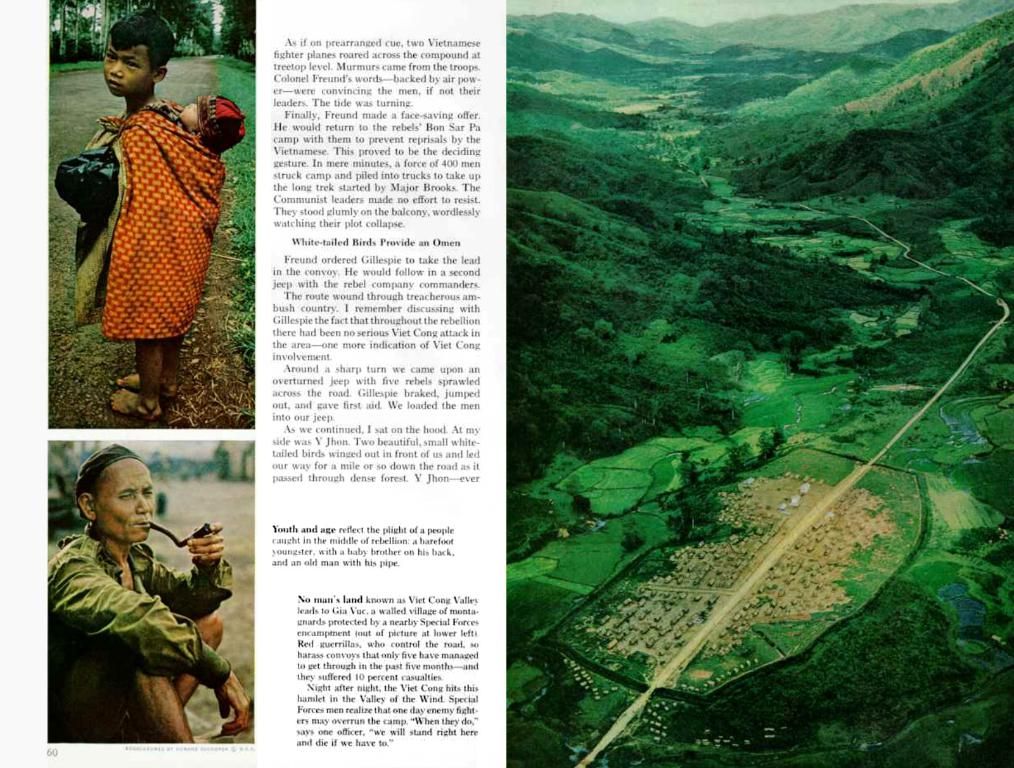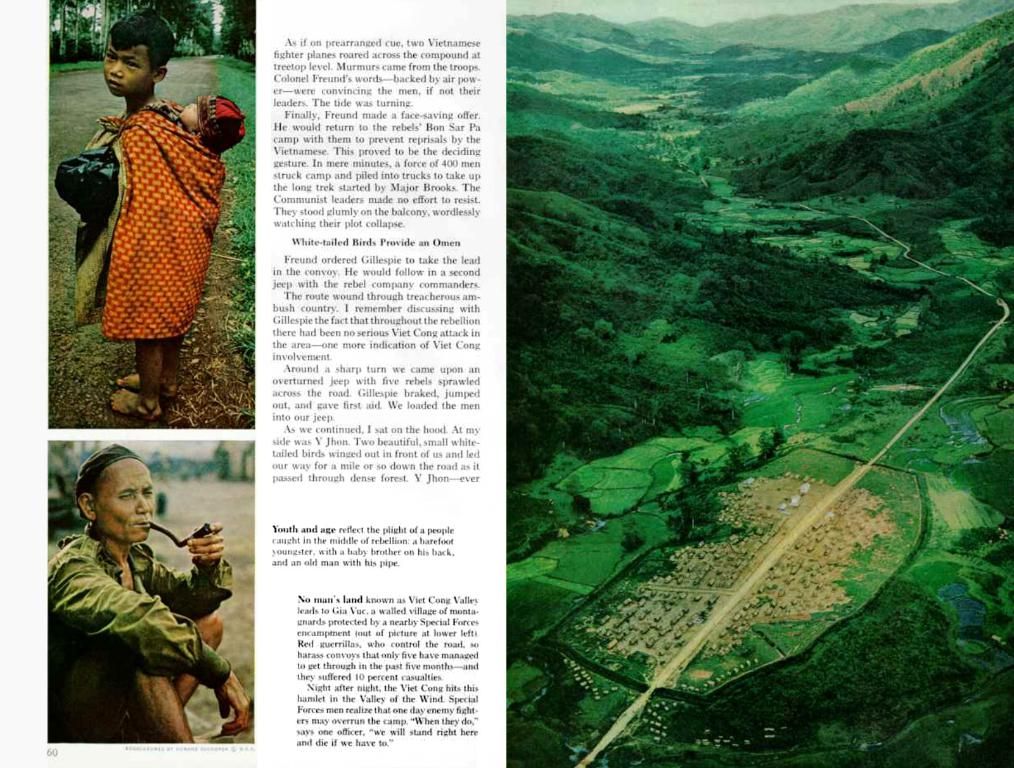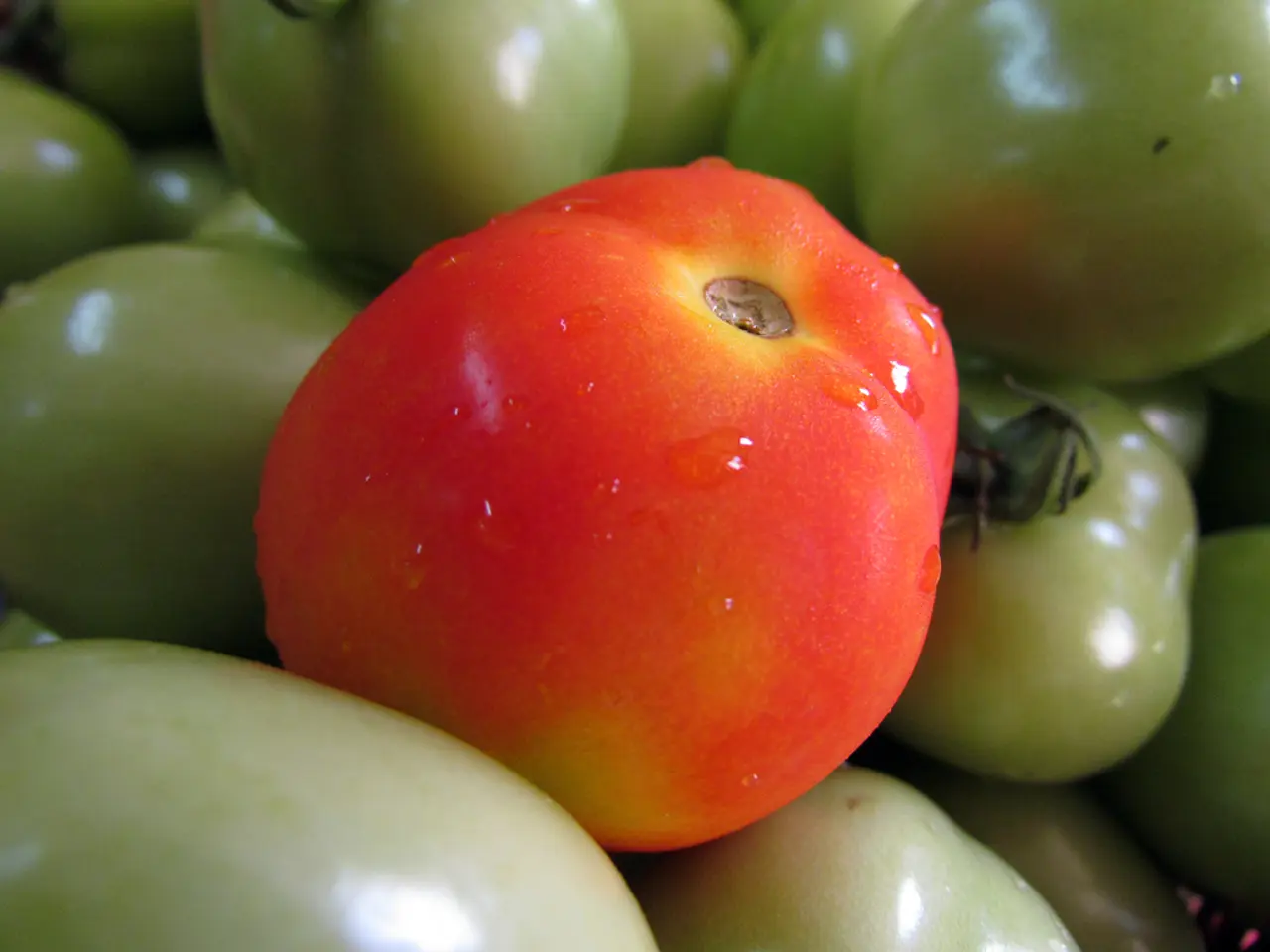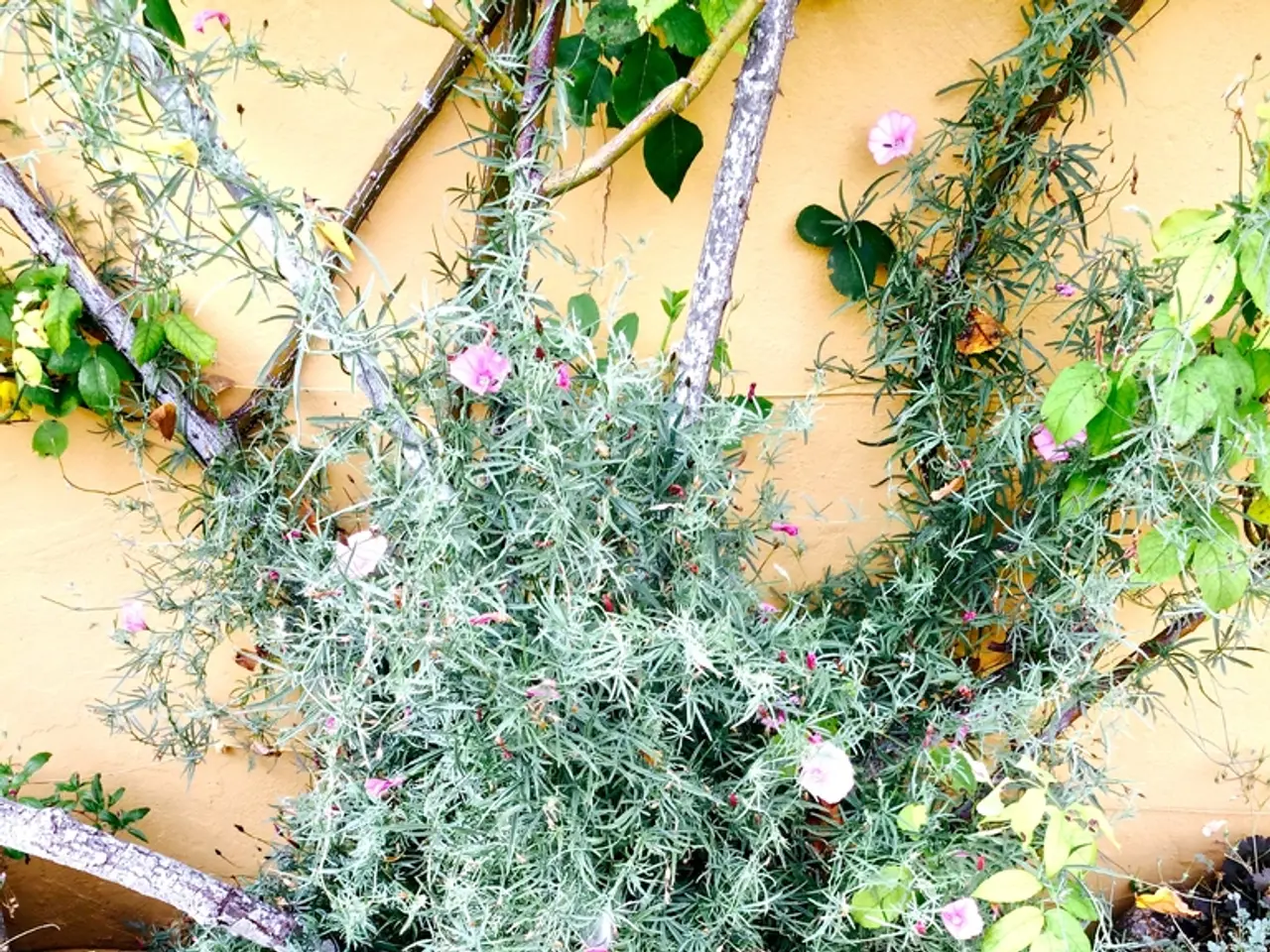Harvest Time: Kick-Off of Strawberry Season in Thuringia
Thuringian farmers reap first strawberry crop - First strawberry crops reaped in Thuringia
Get your tastebuds ready for a burst of sweetness, as strawberry season has officially begun in Thuringia! The sun is shining, but the temperatures remain cool as hand-picked strawberries fill harvest baskets across the region. 16 farming operations cultivate these scrumptious berries on approximately 141 hectares of land, with half of the newly planted plots sadly expected to bare no fruit this year.
Though Thuringia only holds about one percent of Germany's strawberry harvest area, last year it produced a whopping 673 tonnes of the juicy fruits grown by local producers.
Troubles for Farmers
Just before the inaugural strawberry harvest in Gebesee, Agriculture State Secretary Marcus Malsch acknowledged the hardships faced by growers. Issues they face range from increased production costs to increasingly competitive European markets. "Despite reduced yields in recent years, strawberries remain a notable asset in Thuringian fruit and vegetable production," Malsch stated.
He warned that the rising minimum wage will strongly affect operations, as strawberries can only be hand-picked. Producers tackle this issue by implementing more intensive farming methods and stretching the supply period by producing under plastic cover. Malsch emphasized that regional produce has a value, but it comes at a price to consumers.
Shrinking Domestic Production
Data from the Thuringian Ministry of Agriculture reveals that the area devoted to growing sweet fruits in Germany has decreased since 2015. In Thuringia, the yield from open-field strawberries has plummeted by 62 percent during this period. Although protected cultivation has expanded, especially under plastic or in greenhouses, this has not compensated for the overall drop.
One of the biggest strawberry producers is Erdbeerhof Gebesee, which cultivates strawberries in open fields and under plastic tunnels. This year, around 90 full-time workers will help with the harvest, with the fruits being marketed through supermarkets, sales stands, and farm shops.
The state government aims to alleviate the burden on agriculture, as Malsch explains. "Initiatives such as the bureaucracy monitor, the voluntary nature of the land register, and the pact for growth and jobs are intended to ease administrative burdens for agricultural businesses over the long term, freeing up resources for cost-cutting and investments."
- Strawberry season
- Thuringia
- Strawberry
- Spring
- Sömmerda
While the provided text primarily focuses on the strawberry harvest in Thuringia, common challenges affecting fruit growers in Germany—including in Thuringia—often include weather extremes, acreage reduction, labor shortages, and market pressures. These factors may be impacting strawberry production in the region, although more specific and up-to-date information tailored to strawberry growers in Thuringia would be required for a comprehensive analysis.
- The following are to be added to the list of products covered by the derogation: strawberries grown in Thuringia.
- In response to the challenges faced by strawberry growers, the state government of Thuringia has introduced initiatives such as the bureaucracy monitor, the voluntary nature of the land register, and the pact for growth and jobs to ease administrative burdens and free up resources for cost-cutting and investments.
- As strawberry season begins in Thuringia, it is important to consider the impact of weather extremes, acreage reduction, labor shortages, and market pressures on the region's strawberry production.
- To promote a thriving strawberry industry in Thuringia, it may be helpful to encourage the growth of home-and-garden strawberry cultivation as a complement to commercial production, thus diversifying lifestyles and enhancing the regional economy.








